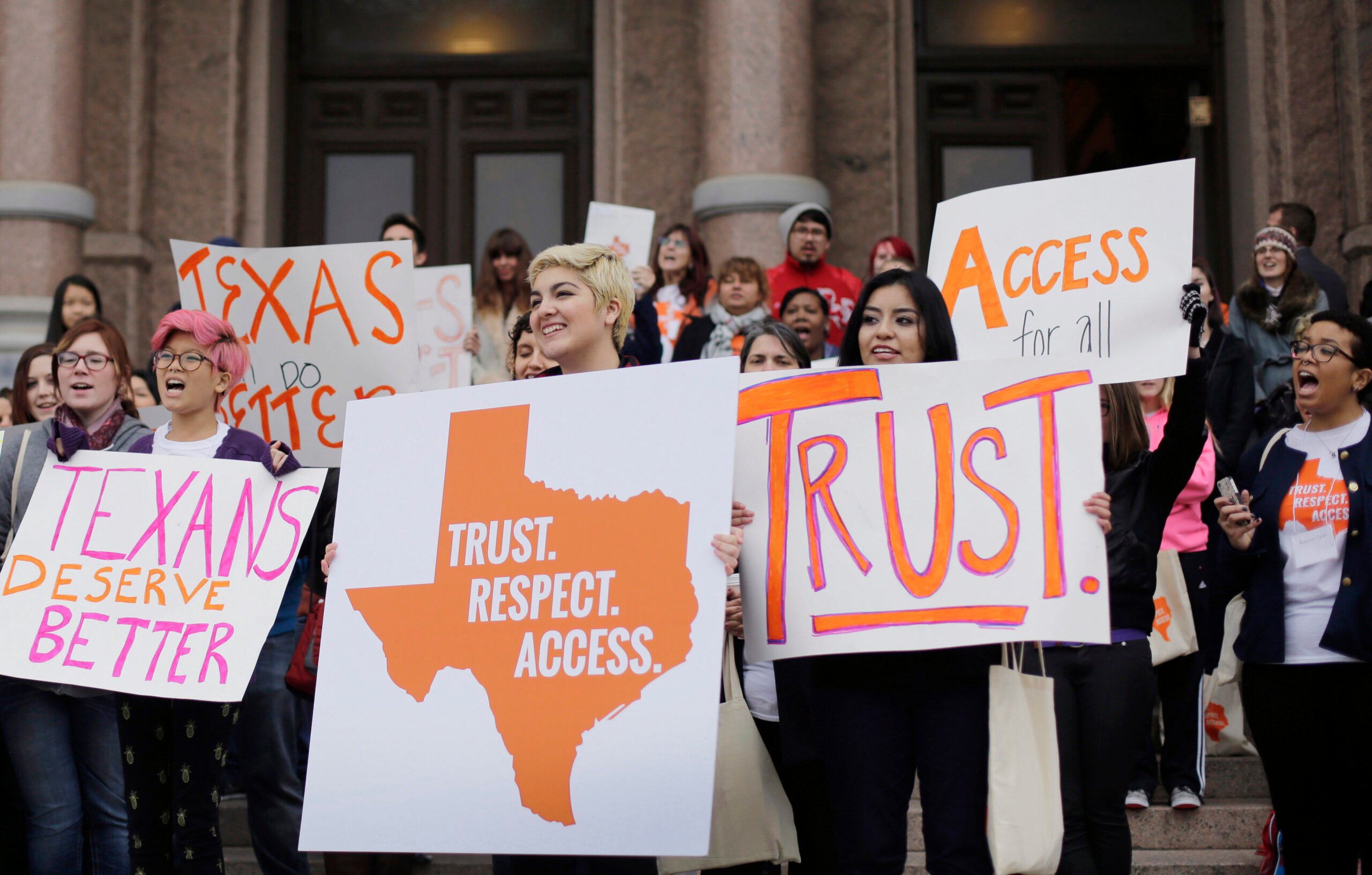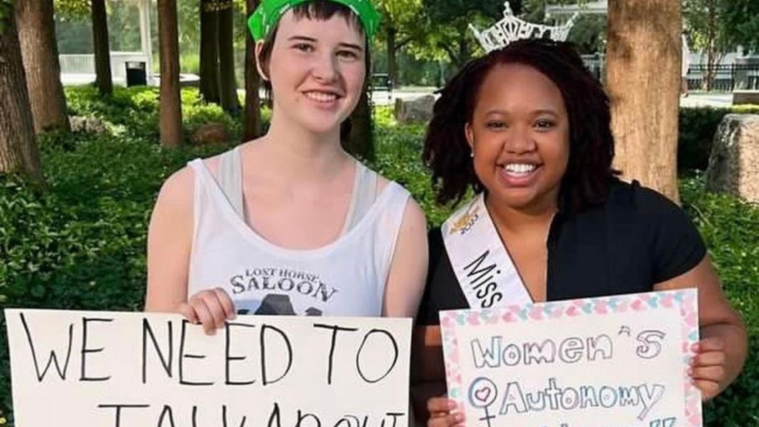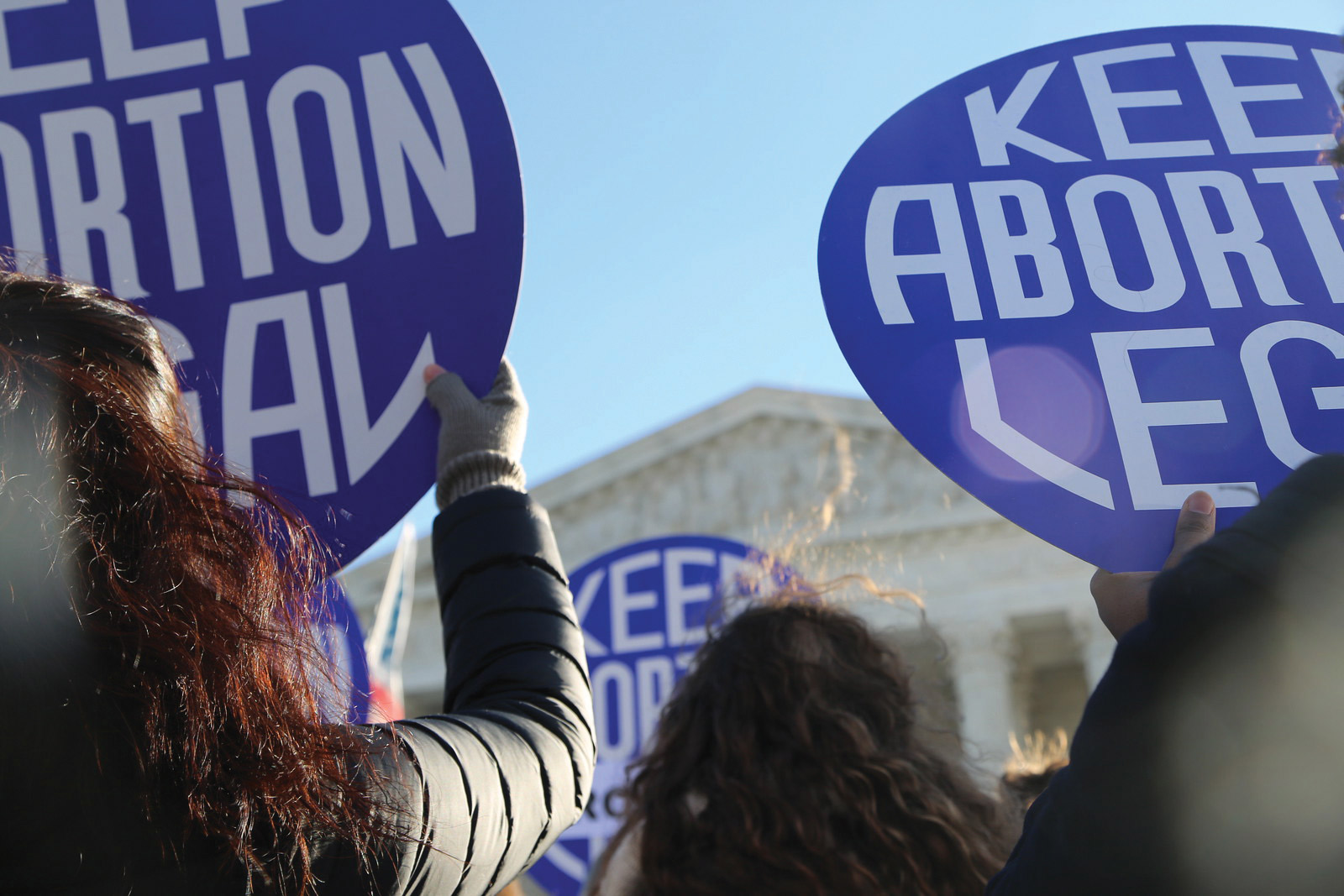
‘Trapped’ in the Limelight
The everyday struggles of a San Antonio abortion clinic services director are at the heart of the acclaimed documentary 'Trapped.'
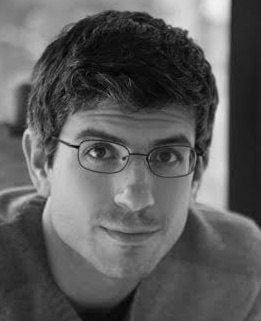
A version of this story ran in the June 2016 issue.
This March, Marva Sadler of San Antonio made two trips to attend special screenings of Trapped, a new documentary film in which she plays a starring role. First, she traveled to Washington, D.C., for a screening the night before oral arguments in Whole Woman’s Health v. Hellerstedt, the U.S. Supreme Court abortion case that will decide the fate of House Bill 2 in Texas. The plaintiff, Amy Hagstrom Miller, CEO of Whole Woman’s Health and Sadler’s boss, was on hand along with her legal team. The next morning, Hagstrom Miller and her lawyers would enter the courtroom to make a final, definitive case for preserving a woman’s right to choose in Texas. “You could feel and almost taste the emotion in the room,” Sadler says of the screening.
Sadler’s next trip, just a week later, was to Austin for a coveted South by Southwest screening slot — the second top festival selection for Trapped, after Sundance in January. The atmosphere was different, more laid-back cultural celebration than high-stakes legal proceeding. Famous actors wandered outside the theater, corralled by their handlers; drinks were consumed; press photos snapped. Still, that same intense emotion was palpable, Sadler says, despite the distance, both geographical and in terms of audience involvement, from the Supreme Court face-off. “I absolutely feel that it’s reaching people, and not just people who already have their mind made up that this is the right thing to do,” Sadler says of the film, which debuts for a national audience June 20 on PBS’ Independent Lens.
Dawn Porter, the lawyer-turned-documentarian director of Trapped, is a rare artist who can bridge the film festival and D.C. activist worlds, comfortable making an argument to both legal experts and film and television audiences. But she stresses that she did not conceive her film as a sort of video amicus brief, summarizing the plaintiff’s case for the general public. Instead, Porter tells me in a crowded hotel lobby as SXSW buzzes around us, she sought to distill the HB 2 controversy — and the travesty of justice at its core — into a compelling narrative about specific, quote-unquote ordinary people whose lives and work have been touched by the law. It is one of several similar laws that have been passed in Southern states over the past decade and are known collectively as targeted regulations of abortion providers, or TRAPs.
“I was much more interested in what was it like to try and comply with the laws as they’re being implemented,” Porter says. “I felt like there was a story happening that people weren’t seeing. I think good movies can kind of help you make sense of something complicated.”
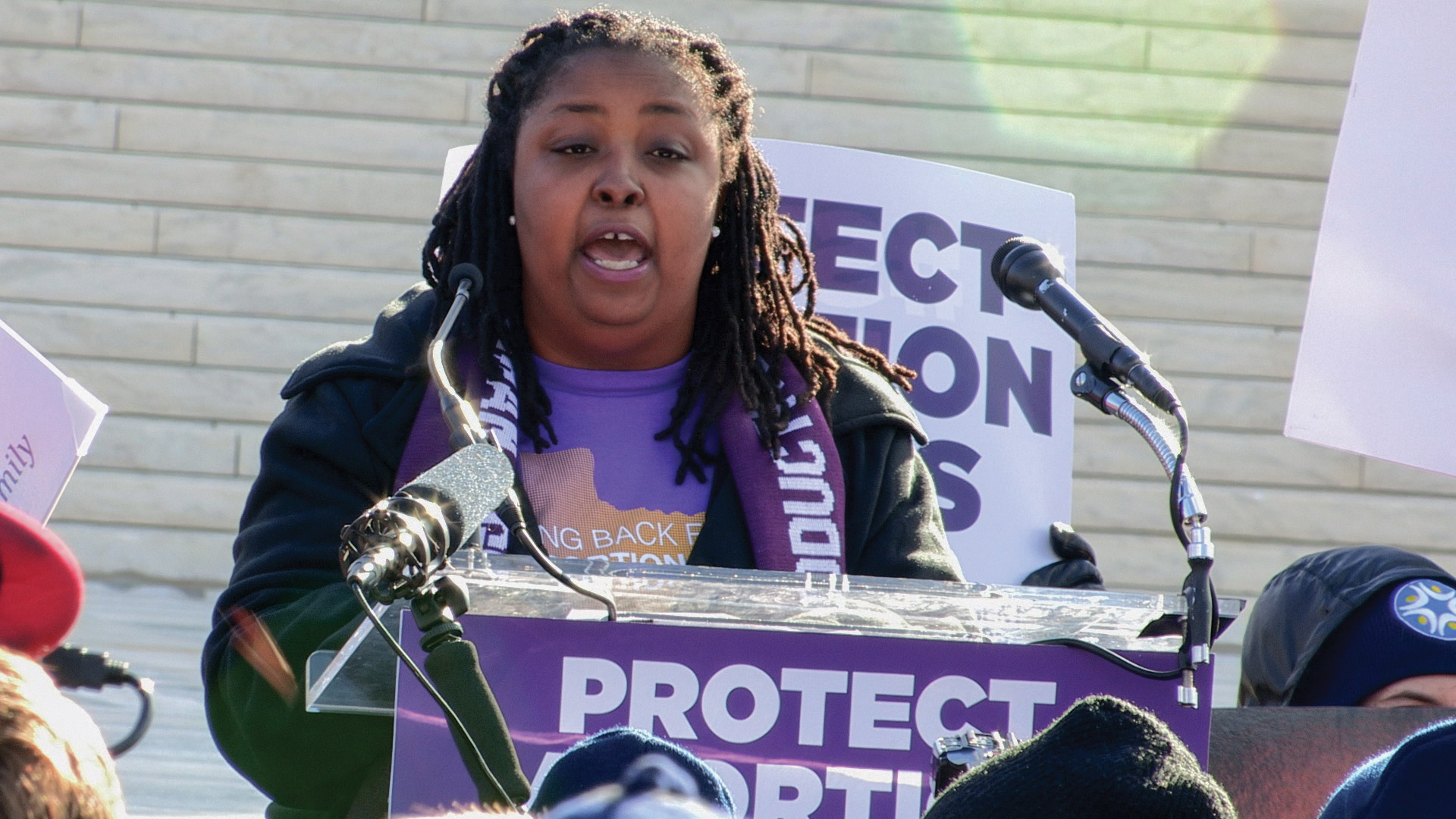
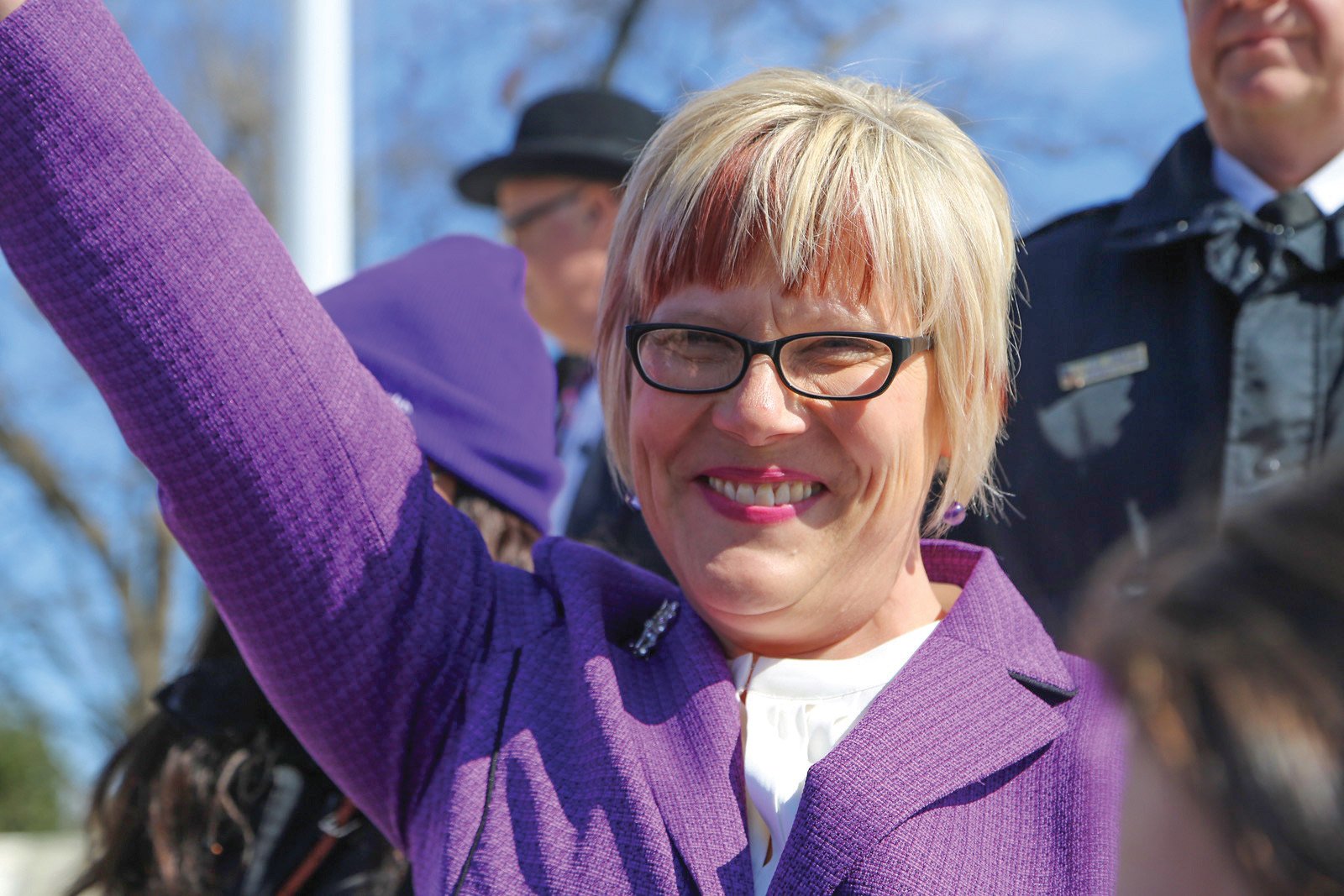
While Trapped features interviews with Hagstrom Miller, who founded Whole Woman’s Health in Austin, and former Senator Wendy Davis, the meat of Porter’s Texas narrative centers on Sadler, a relative unknown and a reluctant public figure. Porter’s camera follows Sadler as she labors to keep her clinics in compliance with the new, byzantine regulatory regime created by HB 2. Now more than ever, providing abortion care in the South is a Sisyphean task. As such, more and more of those who are drawn to the field or continue to work in abortion care do so precisely because they believe they are preserving a fundamental human right. Sadler fits this type.
To the extent that Trapped succeeds — and reviews out of the festivals have been overwhelmingly positive — it’s largely due to Sadler, who lives the legal process on-screen and puts an intentionally confusing regulatory regime into clear-eyed emotional terms for the audience. Trapped does feature other subjects, including several clinicians from Alabama, but, as Porter puts it, Sadler is “the heart of the film.”
She is an unlikely movie star, the sort of person who might normally disappear into a crowd at a political event or a film biz gala. But she’s precisely the protagonist Porter was searching for to make her argument, which goes beyond HB 2 to say something about local power and the role of individuals in building a more just world. “I’m really interested in people that you think are so ordinary, they think they’re ordinary, and they are literally protecting the rights of the rest of us,” Porter says.
***
Marva Sadler grew up in Waco in a house full of women — her single working mother, her grandmother and two sisters. “We didn’t talk a lot about whether she was pro-choice, but it was obvious,” Sadler says of her mother. “‘Everyone has the right to do what’s best with their life’ is what I grew up with. I was naive to believe that everyone grew up that way, until I started working at Planned Parenthood.”
She did not plan a career in reproductive care — the Planned Parenthood gig was just a way to make money. Sadler felt called to devote her life to the work only after she encountered virulent protesters for the first time. She narrates her thought process on-screen in Trapped: “If these people were fighting against it, someone had to fight for it.”
That fight has led Sadler through a variety of roles with Planned Parenthood and Whole Woman’s Health. She moved her husband and children first to Beaumont, then to Fort Worth, and most recently to San Antonio to oversee a high-tech ambulatory surgical center that might be one of the last places in Texas where families can go for abortion care if HB 2 is upheld. Her hours are long, and travel is frequent. “My children are kind of like military kids in terms of adapting,” she says. “They’ve gotten a little used to it.
“The difference between my household now and the way I grew up is that in my household now, abortion is a normal topic of conversation,” Sadler adds. “My family is involved in the fight. Extremely involved. They have to be in order to allow me to go out and do what I have to do and not be there with them.”
Sadler’s pride and openness about her work reflects the philosophy of Whole Woman’s Health, which tries to erase the stigma of abortion patients and providers. Even so, Sadler and her colleagues drew the line at allowing Porter’s cameras to follow them home.
“One thing you don’t see [on-screen] is that discussion that we had at Whole Woman’s Health about wanting to open our doors completely, but at the same time wanting to be sure that we remember some of the people who are out there and some of the ramifications that could come back to us,” Hagstrom Miller says of the filming process for Trapped. “While we have this open-door, anti-stigma approach to our work, we also have to mitigate it with knowing that there are wacky people out there who could, you know, take it too far. That was an intense discussion with us, trying to decide where to draw the line.”
Porter was far from the first documentarian to approach Whole Woman’s Health about shooting a film, but Sadler and Hagstrom Miller noticed quickly that she had a different approach. For Miller, the difference was most apparent in Porter’s patience and willingness to spend several long weeks shooting on-site to get the story right. “A lot of press call you, and they want the dramatics,” Hagstrom Miller says. “I have this stereotype that I joke about, that they want the woman who swam across the Rio Grande, or the woman who drove seven hours from Odessa who has five children. [Porter] went deeper than that. There’s so much nuance, there are so many times when there’s silence, or when she allows the patients who are talking to find their voice.”
To Sadler, Porter stood out at first for the simple fact of their interpersonal chemistry. “When I first met her and sat down in a chair and talked to her, I had to remind myself that this was not my old friend from high school,” Sadler says. “I was rambling, telling her way more information than she needed to know. It was because she was so easy to talk to, and she wanted the real story. She didn’t want to make it up; she didn’t want to stage it.”
At no point, Sadler notes, did Porter ask her if she wanted to be the protagonist of the film or tell her that she was going in that direction with the project. It just sort of happened.
“Sometimes you just connect with people,” Porter says. “That’s the thing about making a film, that’s my job, to make a connection with somebody, so that they can show who they really are. Marva is just one of those people who does that very quickly and easily. I was mostly attracted to her as a person. She also happened to be, and I think she maybe isn’t even aware of it, the linchpin of that organization.”
***

Sadler’s current role at Whole Woman’s Health is director of clinical services for several clinics across Texas and New Mexico. The job description is long, the tasks are exhausting. “She’s not only the person who helps the clinics with all their day-to-day operational logistics, working with doctors to schedule patients, but she also deals with all the stuff like, the air conditioner broke today, or the protestors are screaming and we have to call the police, or the health department showed up unannounced,” Hagstrom Miller explains. Sadler survives and thrives in her job by sheer force of will and a personality fluid enough not to be made brittle by daily crisis management. It’s not exactly the stuff of Hollywood, but it’s the real-world, everyday heroism that Porter wanted to build her movie around. “To do that work, you have to show up every day and be the general,” Porter explains. “But she also, even in running the clinic so efficiently, she’s not afraid to be a person.”
This is how we encounter Sadler on-screen, answering phones or thinking out loud in front of a whiteboard, juggling doctors’ airline flights across the state so as many patients as possible can be seen, despite HB 2’s onerous restrictions. There are more disappointments than victories. “When you see Marva and she’s looking at her whiteboard and she’s like, ‘We have three doctors…,’ even she’s shocked that she’s running five clinics with three doctors, flying them around,” Porter says. “It’s really incredible what they’ve done.”
Twice in Trapped, Sadler lets her guard down completely. The first time comes halfway through the film, when she has to turn away a 13-year-old rape victim nearing the end of her second trimester because a nurse anesthesiologist cannot be scheduled in time. The girl has just driven four hours from McAllen to San Antonio to get an abortion; it’s clear that she’ll be forced to either carry the baby to term or seek a black-market abortion. To a pro-life fundamentalist politician, this is the TRAP system working. For Sadler, it’s precisely the sort of scenario she goes to work every day to prevent. Viewers can see in her tears — over the frustration of being unable to clear this obstacle for her patient — that these moments are becoming more frequent.
Sadler’s husband lovingly calls the moment her “crybaby debut.” Since the Sundance, D.C., and SXSW screenings of Trapped, she’s been inundated with offers to help the young rape victim, even though those audiences were relatively small. Of course it’s too late to help that girl, but there are more like her every day, Sadler says. “If just that little section has pulled at enough heartstrings that people are willing to get involved and help women get the access to abortion care that they need, then by all means, whatever exposure, if there are ever any negatives, whenever that comes, it’s worth it all,” she says.
Sadler’s second emotional moment comes at the climax of Trapped, as she and her team await news of a possible Supreme Court stay that would allow their non-ambulatory surgical center clinics to stay open until a verdict is reached in Whole Woman’s Health v. Hellerstedt. Now that the audience has fully identified with Sadler’s struggle and her way of seeing the world, Porter can show us the stakes of the Supreme Court decision in terms that feel personal, beyond legal or even moral arguments about abortion. For us, as for Sadler, it has become about a community, the combined energies and efforts of many good, caring people on the verge of being snuffed out from afar by distant, robed figures.
“I picked these cabinets out, you know what I mean?” Sadler tells the camera as she paces a clinic late at night, waiting for news. “I work really hard to make these places beautiful for these women, who deserve it. And they’re gonna take it from me.”
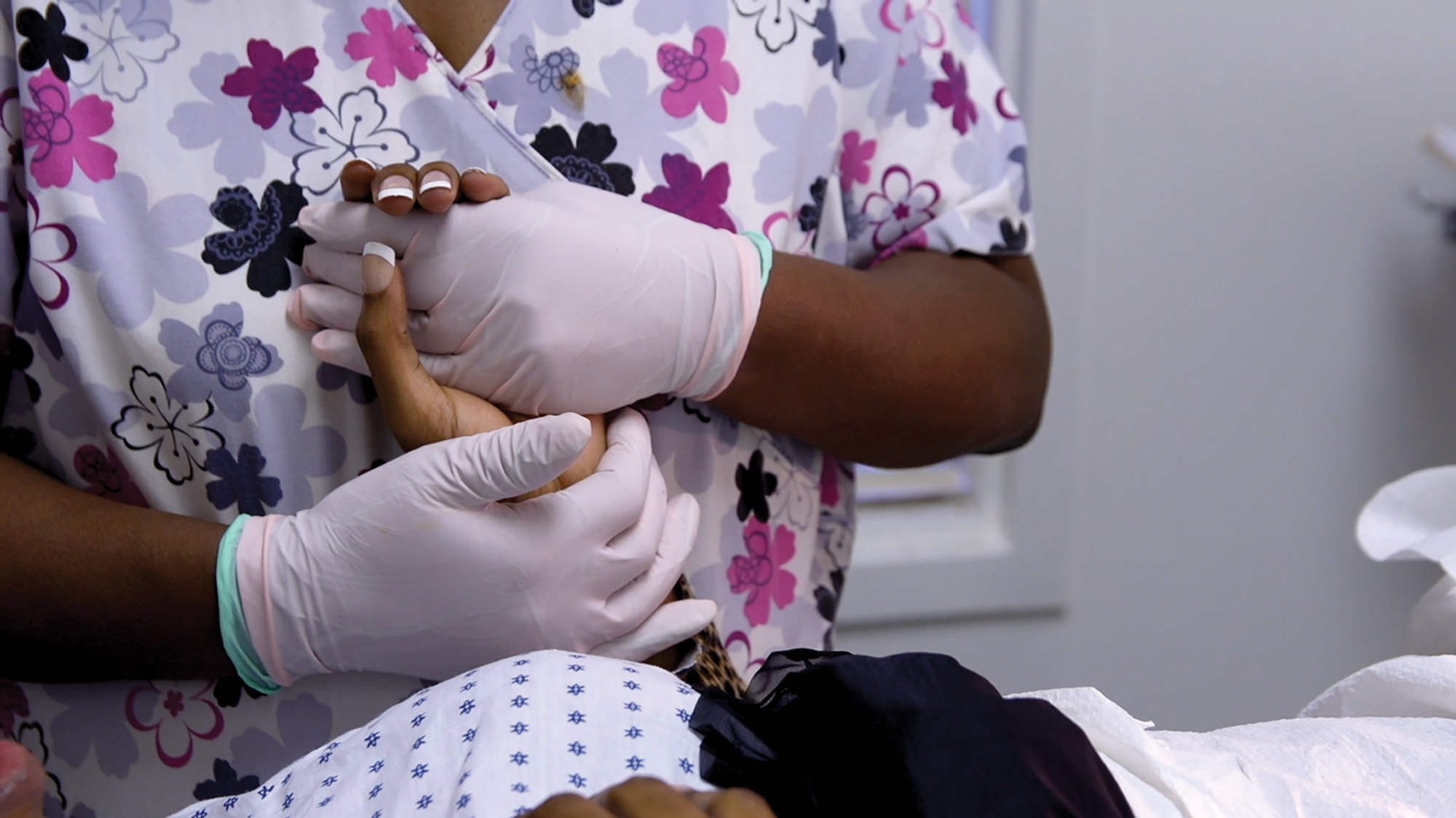
This time, the ending is a happy one. The Supreme Court issues the stay, and Sadler gets to keep her cabinets. As for the final decision, expected from the Supreme Court this June, it’s anyone’s guess.
Sadler is adamant that, despite the newfound celebrity that comes with being the focus of a major documentary, she doesn’t see herself as a public figure. “I’m cracking up,” she tells me when I suggest as much. “I don’t see myself in that role. I have one goal, and that is to make sure that wherever I am, in as many places as I can, that when a family has to make a decision to end a pregnancy, they have a safe, welcoming, nonjudgmental place to go. Whatever comes with that fight comes with that fight.” In other words, Sadler is just doing her job. In making her a movie star, so is Dawn Porter.
Trapped is Porter’s second film; her first, Gideon’s Army, follows several young public defenders in the South. To make it, Porter left a cushy job as an in-house lawyer at a television channel in New York, took herself and her camera to Georgia, and followed a group of young people who had gone a different way with their legal degrees. These public defenders earned much less than their law school peers, worked grueling hours and contended with death threats from bad-egg clients, all in an often-quixotic effort to ensure that rights to counsel and due process were maintained in the most conservative Southern courtrooms.
With the arrival of Trapped, Porter can be said to have a vision that holds constant across her two films. She has hope for progress toward a more equitable society but sees justice as a fragile thing, its enemies powerful, its protectors few. So she focuses on the protectors. By giving them a place on our screens and in our imaginations, she tells positive stories about troubling issues. The viewer experiences both emotional uplift and outrage.
Porter’s subjects tend to be people of color. (A second protagonist of Trapped, Dr. Willie Parker of Alabama, is a black doctor who performs abortions.) This choice is in line with a realization that led Porter to leave television news and strike out on her own. At ABC News, she says, she sat in on a daily meeting where producers pitched their latest story ideas. “I really saw the lack of full portraits of black people and Latino people,” she says. “That was really what pushed me over the edge, watching just how few voices there were that were not the extremes of society — either corporate, wealthy, super successful, or people in jail. You wouldn’t think there were any regular black people in the world, or Latinos. But those were the people I saw every day, the people I grew up with. When you meet a Marva or you meet a Dr. Parker, they can be invisible people, Marva in particular. That woman is so smart and empathetic and capable. It’s good to know she’s alive.”
Involving more faces of color helps Porter build a more compelling argument against HB 2. Most of the patients seeking abortions on-screen are nonwhite. But virtually all state legislators and governors passing TRAP laws are white. “It’s a different story, it’s a different framework,” Hagstrom Miller says of Trapped. “I mean, for those of us who work in the clinics, it’s not different. But I think for the public, it’s an interesting narrative to talk about, in the American South, looking at both providers and patients.”
This line of critique can be followed all the way to the Supreme Court, where Justice Anthony Kennedy is expected to cast the deciding vote on Whole Woman’s Health v. Hellerstedt. Zoom out from the hallowed courtroom, or adopt an analysis of power rather than legal semantics, and the constitutional law arguments seem beside the point. The picture look starker, more deeply woven in the American grain: This summer, one 80-year-old white magistrate will shape the lives of millions of women. Given that black women are more likely to seek abortions than white women, according to the Centers for Disease Control, many will be women of color. Their rights under Roe v. Wade have been contested by the powers that be in their states for decades, and with Kennedy’s decision, they may be gone — a six-hour car ride away or available only at the end of a monthlong waiting list. Disproportionately, it is women of color in the South who are affected by TRAP laws, who have less and less ability to decide the fate and use of their own bodies. This version of the story fits a familiar pattern in American history, and it deserves its own hearing.
For now, Trapped has made it to the doorway of the Supreme Court, serving as a cri de coeur to inspire Miller’s legal team as well as the many reproductive rights activists who traveled to Washington to support Whole Woman’s Health. “It was a pretty special moment, to be able to say, ‘This is why we’re going into court, this is what it’s all about,’” Hagstrom Miller says of the D.C. screening.
“I had to watch the movie at least three times before I could watch it without Marva making me cry like a baby,” Hagstrom Miller admits. “She’s the one who narrates to us what it’s like for the women and what it’s like to be the person who has to deny a woman care. A lot of people talk about regulations and laws and operating room size and hallway width, but Marva has the ability to connect those abstract things directly to people’s lives. And it’s heartbreaking.”
For Sadler, happy to duck out of the spotlight once the political and cultural carnivals wrapped up, the film is about just a day at the office. “It makes no sense for me to come here to work every day and fight for what I believe is right, but not be willing to be at the forefront of explaining what’s wrong and why it’s wrong. There was never any question of telling our story, not only to Dawn but to anyone who wanted to hear it. We have to do that. We have to be responsible for eradicating the stigma around abortion, or we’re only going to keep talking about it.”

